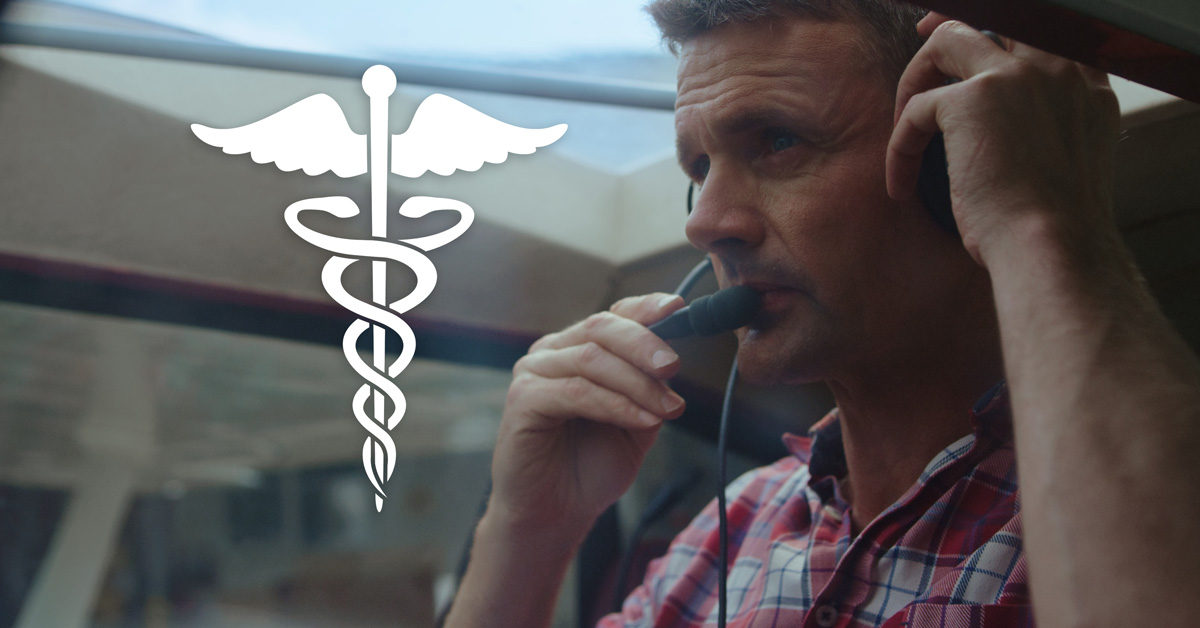A good landing is most likely following a good approach, so aim to be well established in a stabilized approach with the airplane nicely trimmed by the time you reach short final, the last part of the approach. Short final for a training airplane may be thought of as the last 200 feet.
The landing starts with a flare commencing when the pilot’s eyes are about 15 feet above the runway. The pilot uses texture, height of peripheral objects, width of the runway and the perceived height of the horizon as cues to commence the flare and to judge the rate of rotation to achieve an almost level path over the runway. The landing is not complete until the end of the landing roll.
Once you reach the flaring height, forget the aim point because you will fly over and well past it before the wheels actually touch down. It has served its purpose and you should now look well ahead. Pick a point at the center of the far end of the runway. Transfer your visual attention to this point and slowly retard the throttle.
A normal landing is similar to the approach to the stall, with attitude being increased to keep the aircraft flying at the reducing airspeed. Touchdown will occur just prior to the moment of stall. Do not rush and try not to be tense. The aircraft will land when it is ready. This method of landing allows the lowest possible touchdown speed (significantly less than the approach speed), with the pilot still having full control.
The landing consists of four phases:
- flare (or round-out);
- hold-off;
- touchdown; and
- landing roll.
Flare
During the flare (round-out) the power is reduced and the nose is gradually raised to reduce the rate of descent. A small rate of sink is checked by a slight attitude change, a high rate of sink requiring a greater and quicker backward movement. A greater descent rate may require the pilot to add power momentarily to arrest the descent.
Hold-Off
The hold-off should occur with the airplane close to the ground (with the wheels within a foot or so). The throttle is closed and the control column progressively brought back to keep the airplane flying a level path with the wheels just off the ground. If sinking, apply more back pressure; if moving away from the ground, relax the back pressure. The airspeed will be decreasing to a very low figure, but this is of no concern to you. You should be looking well ahead from the beginning of round-out until touchdown. Any sideways drift caused by a slight crosswind can be counteracted by lowering the upwind wing a few degrees and keeping straight with rudder.
Touchdown
On touchdown, the main wheels should make first contact with the ground (which will be the case following a correct hold-off ). The nose wheel will want to drop immediately but should be kept off the ground using the control column while the speed decreases. This may require a significant rearward pressure to allow it to touch gently.
Landing Roll
During the landing roll the airplane is kept straight down the centerline using rudder and the wings kept level with aileron. Look at the far end of the runway. The nose wheel is gently lowered to the ground before elevator control is lost. Brakes (if required) may be used once the nose wheel is on the ground. Remember that the landing is not complete until the end of the landing roll when the airplane is stationary or has exited the runway at taxiing speed.
For more on landing technique, and every maneuver required for certification, check out the brand new fifth edition of The Pilot’s Manual: Flight School (PM-1).






